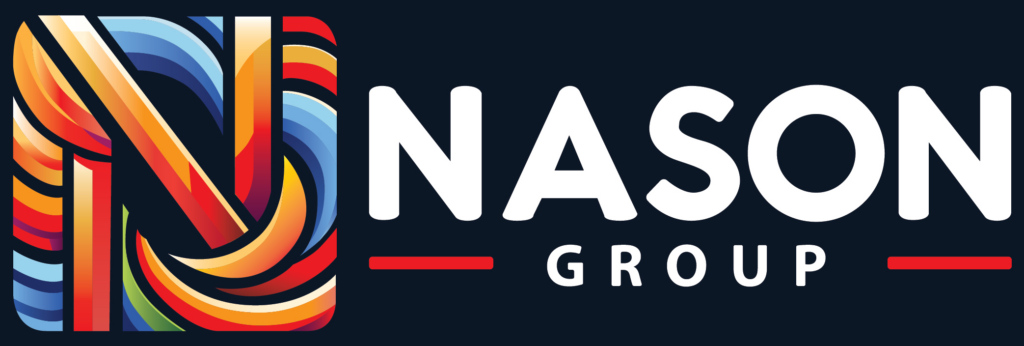How’s Your Vision?
How’s your vision? I’m guessing it’s not 20/20, because only about a third of us can see that well without glasses or contacts. (I say this as I grab for my glasses.)
I’ve been thinking about vision ever since my good friend Anthony J. James appeared on this episode of The Combustion Chronicles. AJ isn’t an eye doctor. He’s a visionary consultant who helps clients drive their growth strategies by seeing what lies over the horizon. Or, to be more accurate, what lies just over the horizon. AJ’s secret is thinking about what his clients should be doing to stay ahead of the competition over the next 12 to 18 months, not the next five to 10 years.
That might seem pretty shortsighted when it can take years, not months, to bring a product to market, but it really does make sense. Think about the last five-year plan your company made. I bet it started gathering dust by year 2—or at least needed a major overhaul by year 3. (I wonder how many companies made long-range plans that ran through 2020 without knowing COVID-19 was coming.)
So what about visionaries like Steve Jobs? Sure, he predicted way back in 1981 that someday there’d be a computer on every worker’s desk. But in the 80s he was probably thinking more about beating IBM and its PCs and Selectric typewriters. As one Apple exec told Inc., “If you think what we’re doing is going to change the workplace, stick around—this is only the first wave.” No doubt about that!
Being able to peer over the horizon is important, but AJ said another kind of vision is just as valuable: peripheral vision. On the podcast, he said people are always asking him where he comes up with his ideas, and his answer is always the same: “It’s all about having very wide vision in the market—knowing what’s going on and seeing trends and seeing movements that are happening in other industry verticals that actually apply to the problems you’ve got today in your business.”
What does that look like in real life? It looks like my car, which has a backup camera, GPS, lane assist, Apple CarPlay and so much more, all technologies borrowed from other industries. (Fun fact: today’s cars can have 100 million lines of computer code—nearly 700 times as much code as Apollo 11 had on board!) How well would a carmaker do if it focused so much on pistons and engine blocks that it ignored what its customers really wanted?
Which brings me to the last thing—or maybe the first thing—you need to keep your eye on. That’s your customers, something I focus on as an experience evangelist. You’ve got to meet them where they are, find out what they need, and figure out how to meet those needs better than your competitors over the next 12 to 18 months. Doing this requires humanizing both the customer and employee experience, borrowing ideas from other industries, and thinking differently about how to change at the speed that your customers expect.
I hope you’ll check out this episode for more great insights from AJ.
Takeaway: To succeed in business, you have to see what your customers want, watch what’s happening in other industries, and peek just over the horizon. And you might want to get your eyes checked. You may have outgrown those drugstore cheaters.
As an experience evangelist, Shawn Nason (founder and CEO of MOFI) partners with human-obsessed and maverick-minded people and organizations to rethink their Experience Ecosystems™. Click here to learn more.
